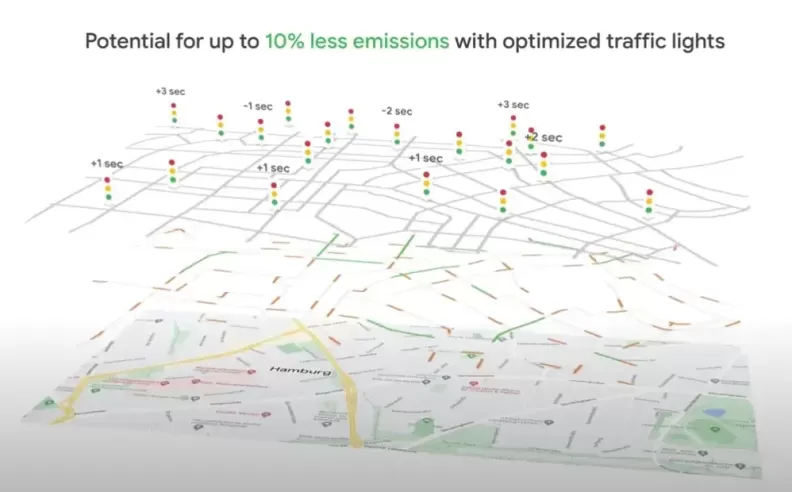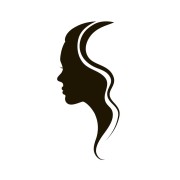
Traffic lights are a common source of frustration and contribute significantly to fuel emissions. Google Research has embarked on an innovative project to address this issue, aiming to mitigate climate impact through smarter traffic light management.

At the start of 2020, a team within Google Research was tasked with exploring new ideas for accelerating climate mitigation. Dotan Emanuel, a software engineer, shared these ideas with his family. His wife, Osnat, suggested tackling the inefficiency of traffic lights, a daily annoyance for many.

Road transportation is a major contributor to greenhouse gas emissions, especially at city intersections where emissions can be significantly higher. The team realized that optimizing traffic light timing could reduce stop-and-go traffic, but traditional methods required expensive hardware and manual vehicle counts.

The team recognized the advantage of using over a decade of Google Maps driving trends. This data provided insights into traffic flow patterns, including start-stop behaviors and wait times at intersections. They developed an AI model to analyze this data and make recommendations for optimizing traffic light timings.

Project Green Light uses AI to suggest improvements such as adjusting red light durations during off-peak hours or synchronizing adjacent intersections. City engineers can review and implement these recommendations using existing infrastructure, making the process cost-effective and efficient.

Since the first pilot in 2021, Project Green Light has expanded to over 70 intersections in cities like Rio de Janeiro, Seattle, Bengaluru, and Boston. The team provides dedicated reports with tangible metrics, encouraging cities to adopt and expand the project to more intersections.
Early results indicate that Project Green Light can reduce stops by up to 30% and emissions at intersections by up to 10%. The team aims to scale the project to hundreds of cities and thousands of intersections in the coming years, enhancing the driving experience and reducing emissions worldwide.
Google's innovative approach to optimizing traffic lights through AI not only helps reduce fuel emissions but also aims to make daily commutes smoother and more enjoyable for drivers around the world.

Started my career in Automotive Journalism in 2015. Even though I'm a pharmacist, hanging around cars all the time has created a passion for the automotive industry since day 1.
